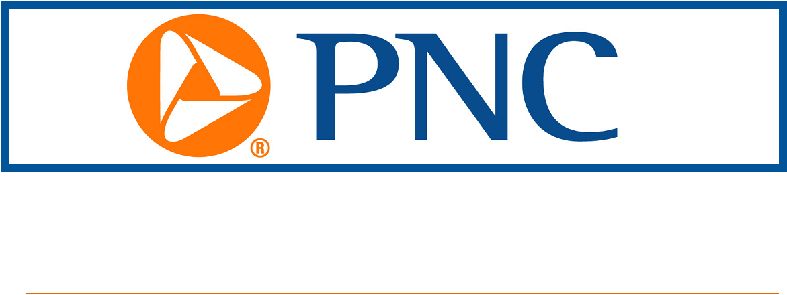
Than Initially Reported
- The contraction in real GDP in the first half of 2022 was unrevised with the release of the annual revisions. But growth in real domestic income was revised much lower in the first half of the year, although it still increased in both the first and second quarters.
- With the revisions to real GDP the contraction in real GDP was slightly smaller than initially reported, and the recovery through 2021 was slightly stronger.
- Recession risks are elevated with the Federal Reserve aggressively raising interest rates in 2022.
The annual revisions to GDP and gross domestic income indicate a weaker US economy in the first half of 2022 than initially reported. Real GDP was unrevised in the first and second quarters, but real gross domestic income was revised down in both quarters. In the first quarter, real gross domestic income was revised down from a 1.8% annualized increased to a 0.8% annualized increase. And annualized growth in real gross domestic income was revised much lower in the second quarter, from 1.4% to 0.1%. The revisions came primarily from new information on wages and salaries from unemployment insurance records.
Real GDP contracted 1.6% annualized in the first of 2022 and 0.6% in the second quarter. For the second quarter, there were upward revisions to consumer spending, federal government spending, and business fixed investment, offset by downward revisions to exports, investment in housing, and investment in inventories. Imports were revised lower in the second quarter; lower imports add to GDP.
Theoretically, real GDP and real gross domestic income should be equal, but because they are measured in different ways, there are discrepancies. The divergence between the two measures was unusually large in the first half of 2022, and now some of the discrepancy has been lessened with the downward revisions to real gross domestic income. The discrepancy is still larger than normal, however.
This release from the Bureau of Economic Analysis also revises national accounts data back to 2009. Annual growth in real GDP from 2009 through 2019 was unrevised at 2.3%. During the Viral Recession in the first half of 2020 real GDP is now estimated to have contracted 9.6% (not annualized) in the first half of 2020, compared to the previous estimate of 10.1%. Growth in real GDP during the initial stages of the recovery, from the third quarter of 2020 through the fourth quarter of 2021, was 15.1% unannualized after the revisions, compared to 14.8% before the revisions. The recovery from the Viral Recession has been unusually rapid given the depth of the downturn, thanks to very aggressive monetary and fiscal policy.
The US economy is in transition in 2022, and the data are contradictory. Economic growth was very rapid in the second half of 2020 and throughout 2021, during the initial recovery from the Viral Recession. But growth has slowed since significantly since then, as confirmed by the downward revisions to real gross domestic income in the first half of 2022. But although current growth is weak the economy is still expanding, as shown in numerous indicators, such as strong job growth, rising inflation-adjusted consumer spending and personal income (excluding government transfers), and expanding industrial production. Given this, it’s very unlikely that the National Bureau of Economic Research, the most widely-accepted arbiter of recession in the US, will say that the US economy was in recession in the first half of 2022.
PNC’s Fall 2022 semiannual Economic Outlook survey of small and mid-sized businesses reflects this transition; businesses are generally optimistic about their own prospects but are concerned about the potential for recession.
Near-term recession risks are extremely elevated. With the Federal Reserve aggressively raising interest rates in an effort to cool off the labor market and slow inflation, interest-rate sensitive industries, most notably housing, are already contracting. The best outcome is soft near-term growth that results in a slight increase in unemployment and inflation that slows to 2% over the next couple of years. Consumers are holding up well, even with high inflation, and the labor market remains very strong. But there’s a real possibility that the Fed could overdo it, pushing the US economy into recession in the first half of 2023.
The PNC Financial Services Group, Inc. is one of the largest diversified financial services institutions in the United States, organized around its customers and communities for strong relationships and local delivery of retail and business banking including a full range of lending products; specialized services for corporations and government entities, including corporate banking, real estate finance and asset-based lending; wealth management and asset management. For information about PNC, visit www.pnc.com.














